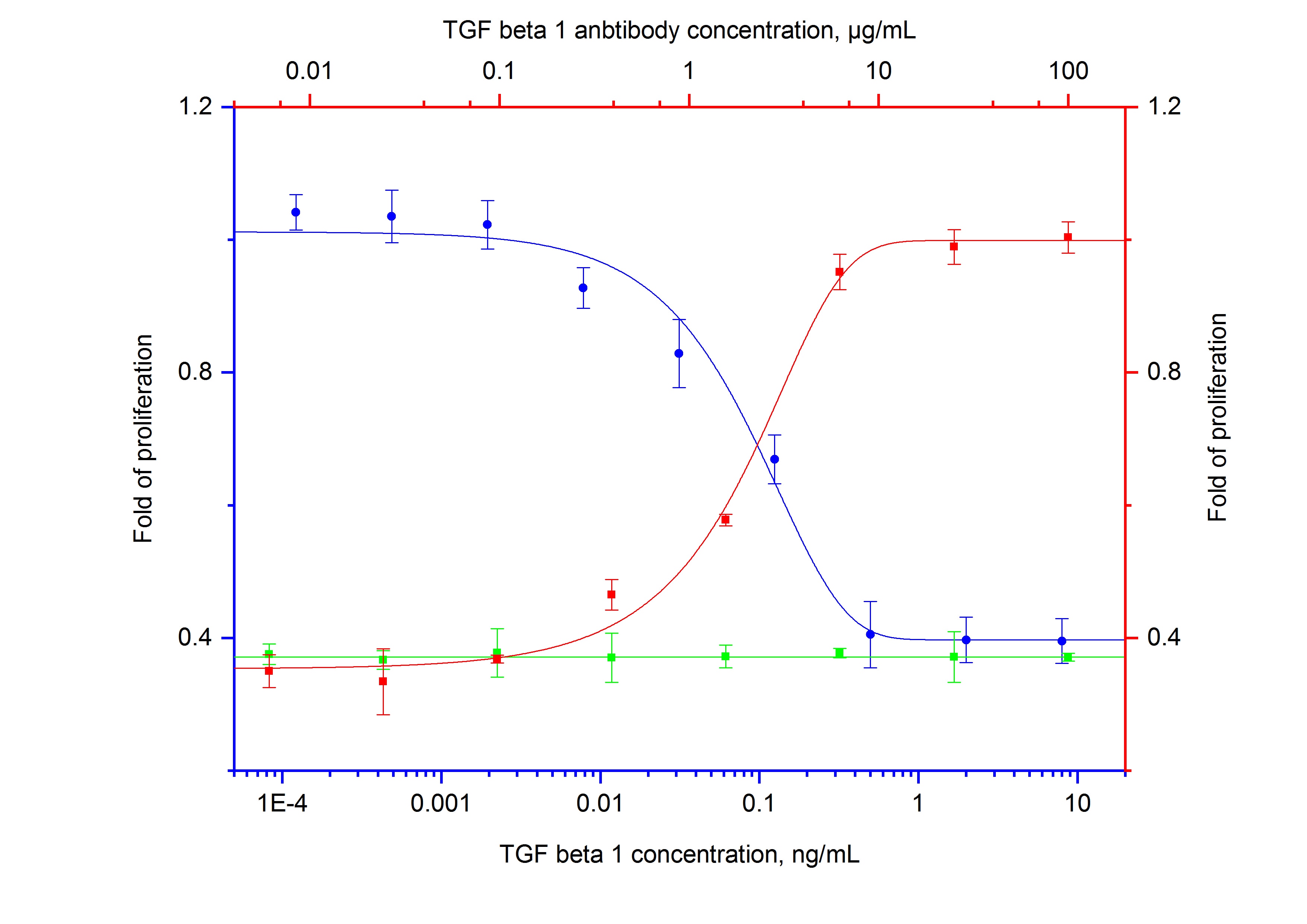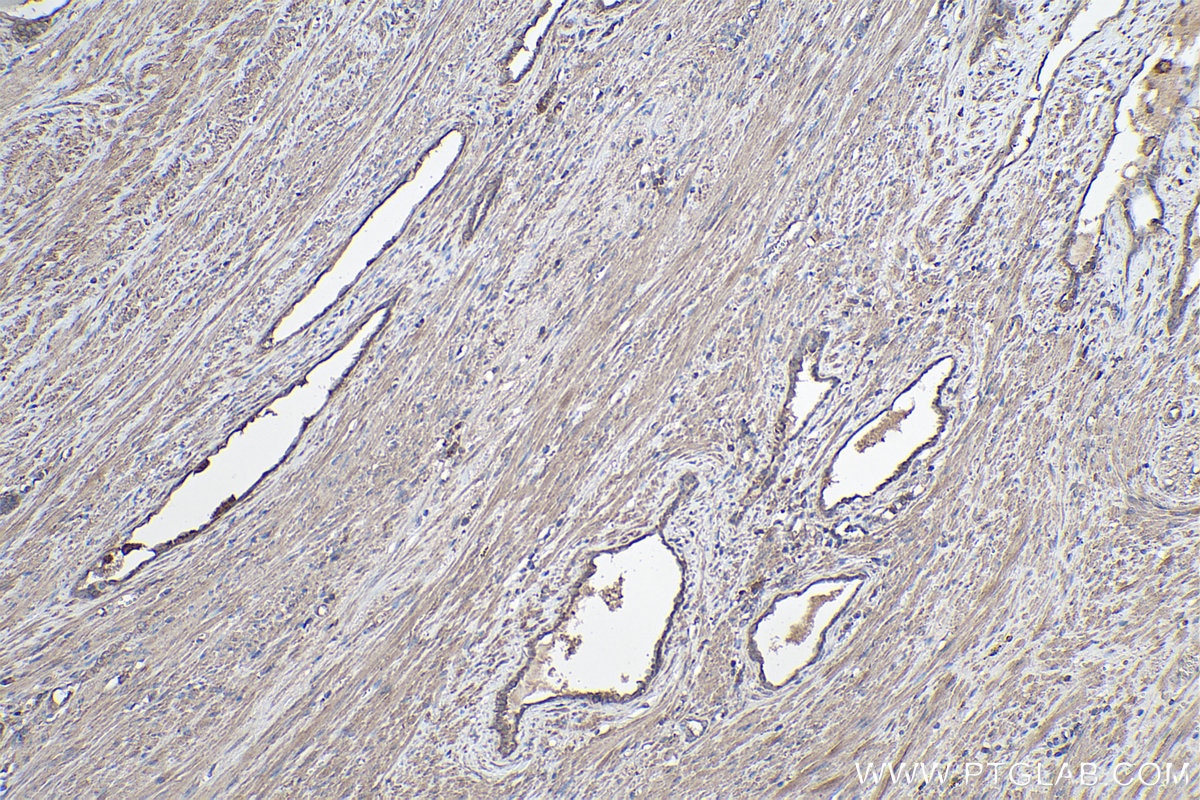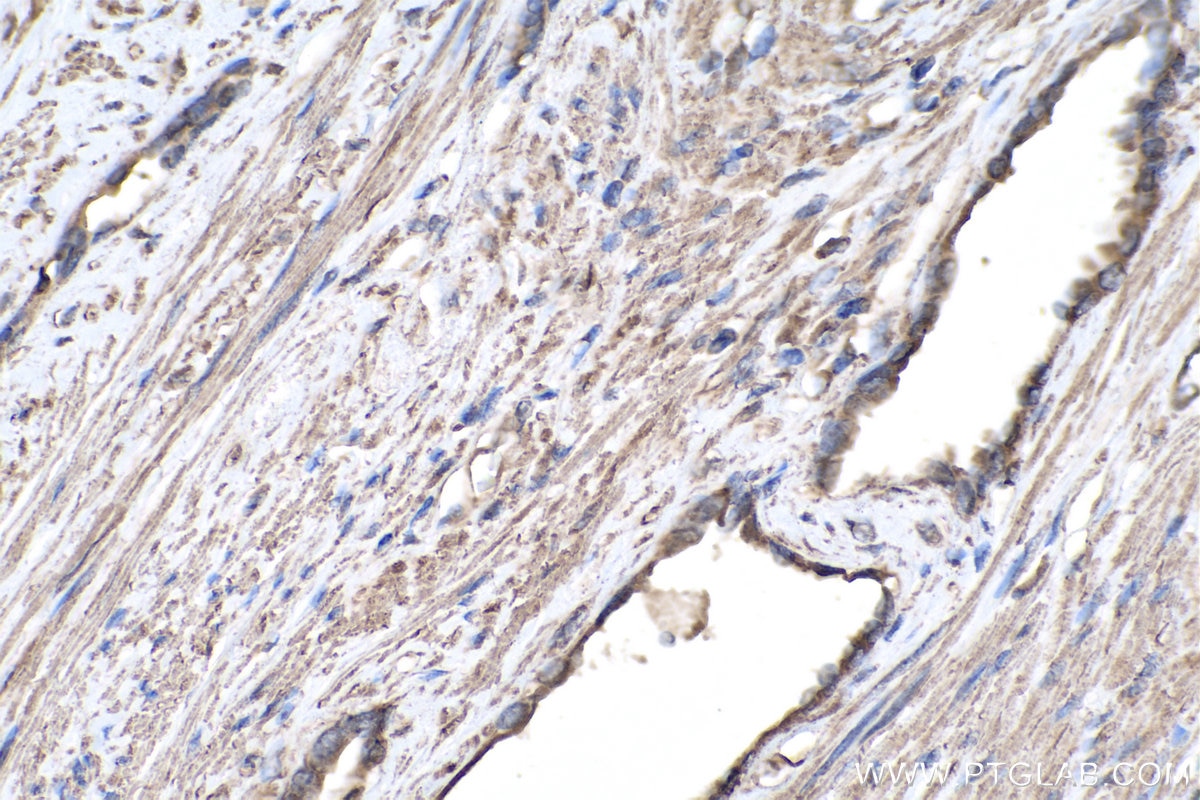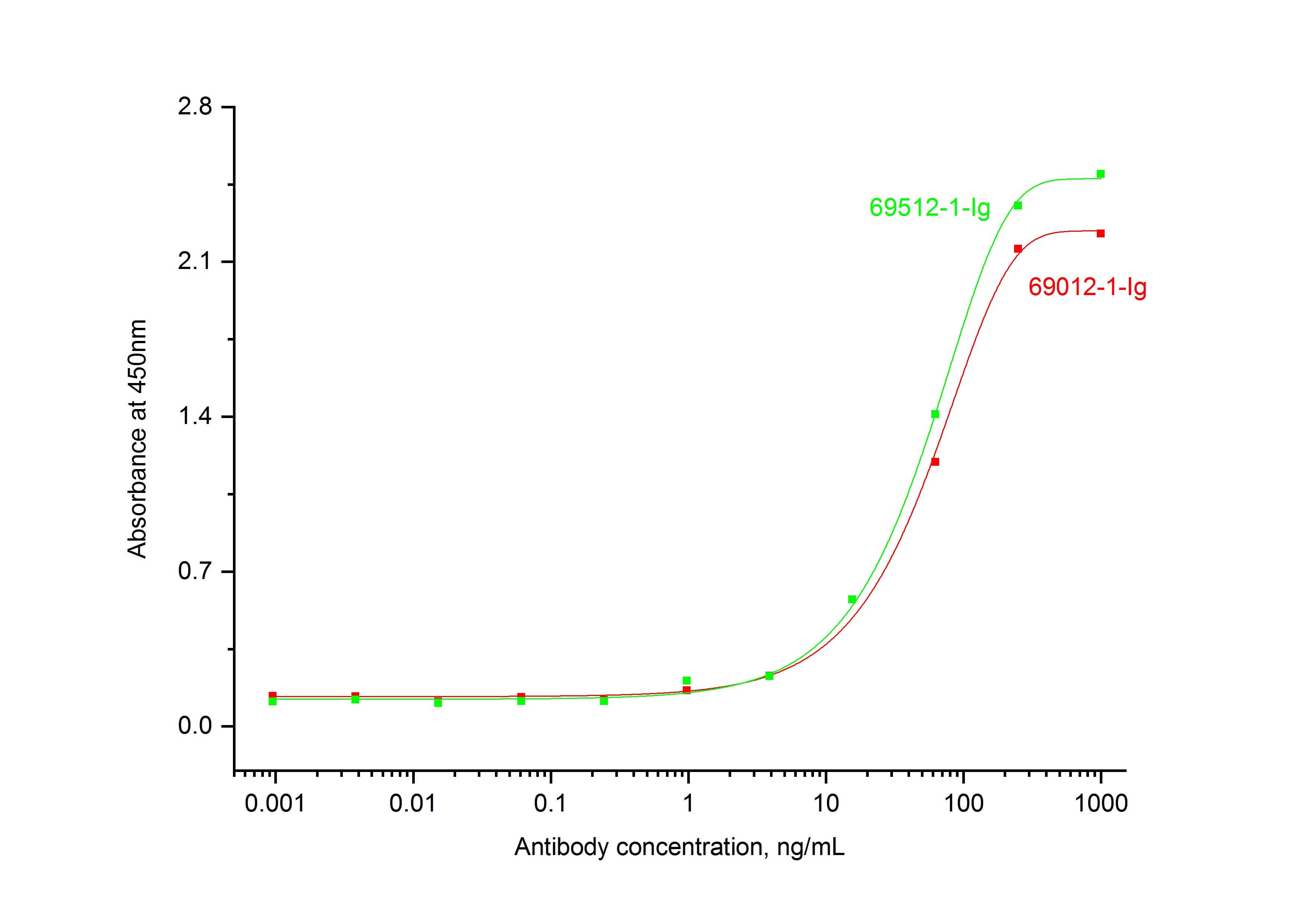Validation Data Gallery
69012-1-Ig
Product Information
69012-1-PBS targets NeutraKine® TGF beta 1 in Neutralization, ELISA applications and shows reactivity with human samples.
| Tested Reactivity | human |
| Host / Isotype | Mouse / IgG1 |
| Class | Monoclonal |
| Type | Antibody |
| Immunogen |
Product name: HumanKine® recombinant human TGF beta 1 protein Source: -derived, Tag: Sequence: 相同性解析による交差性が予測される生物種 |
| Full Name | transforming growth factor, beta 1 |
| Calculated molecular weight | 44 kDa |
| Gene Symbol | TGFB1 |
| Gene ID (NCBI) | 7040 |
| Conjugate | Unconjugated |
| Form | |
| Purification Method | Protein G purification |
| UNIPROT ID | P01137 |
| Storage Buffer | PBS Only{{ptg:BufferTemp}}7.4 |
| Storage Conditions | Store at -80°C. |
Background Information
TGFB, also named as LAP and TGFB1, is a multifunctional peptide that controls proliferation, differentiation, and other functions in many cell types. TGFB acts synergistically with TGFA in inducing transformation. It also acts as a negative autocrine growth factor. Dysregulation of TGFB activation and signaling may result in apoptosis. Many cells synthesize TGFB and almost all of them have specific receptors for it. TGFB positively and negatively regulates many other growth factors. It plays an important role in bone remodeling as it is a potent stimulator of osteoblastic bone formation, causing chemotaxis, proliferation and differentiation in committed osteoblasts. It is highly expressed in bone. Mutation of TGFB are the cause of Camurati-Engelmann disease (CED) which known as progressive diaphyseal dysplasia 1 (DPD1).
This antibody can be used to neutralize the bioactivity of TGF beta 1.




